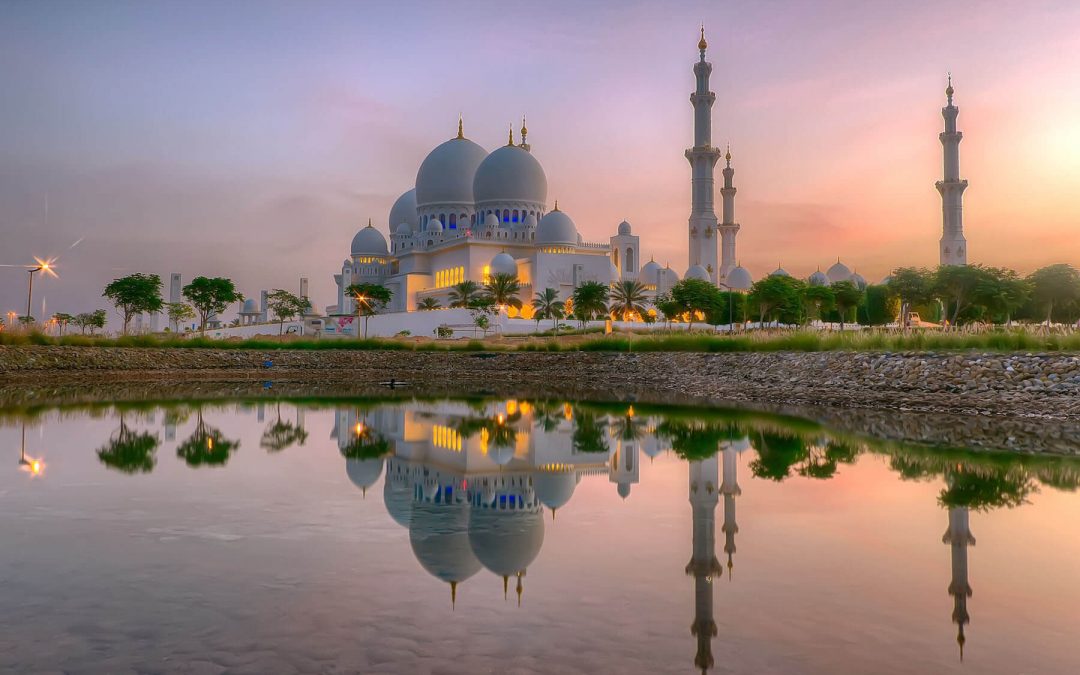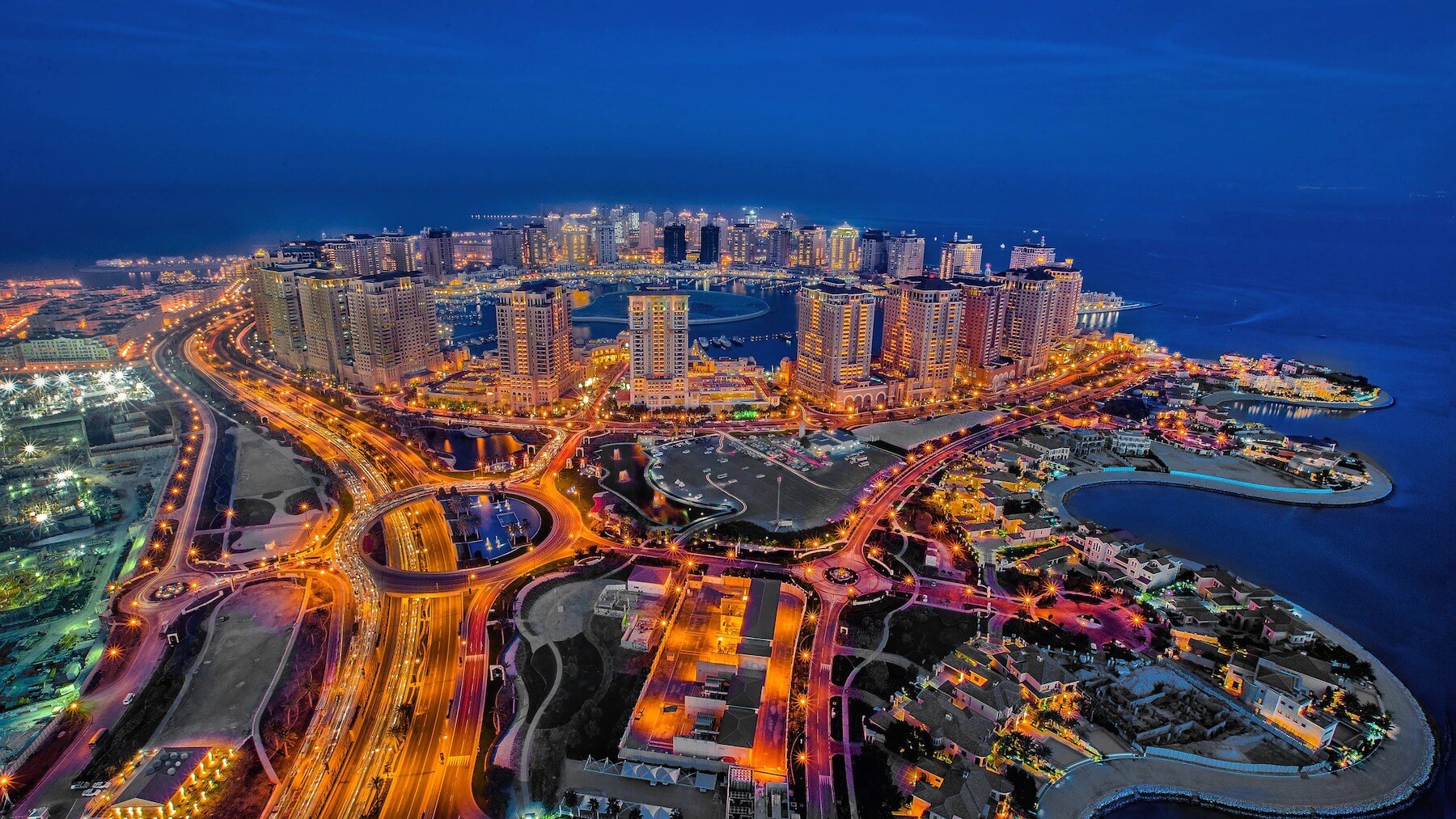Welcome to Min-On’s Music Journey! Today, the Min-On Concert Association and the Embassy of the United Arab Emirates in Japan welcome you to the United Arab Emirates (hereinafter referred to as “UAE”), located at the southeastern tip of the Arabian Peninsula.
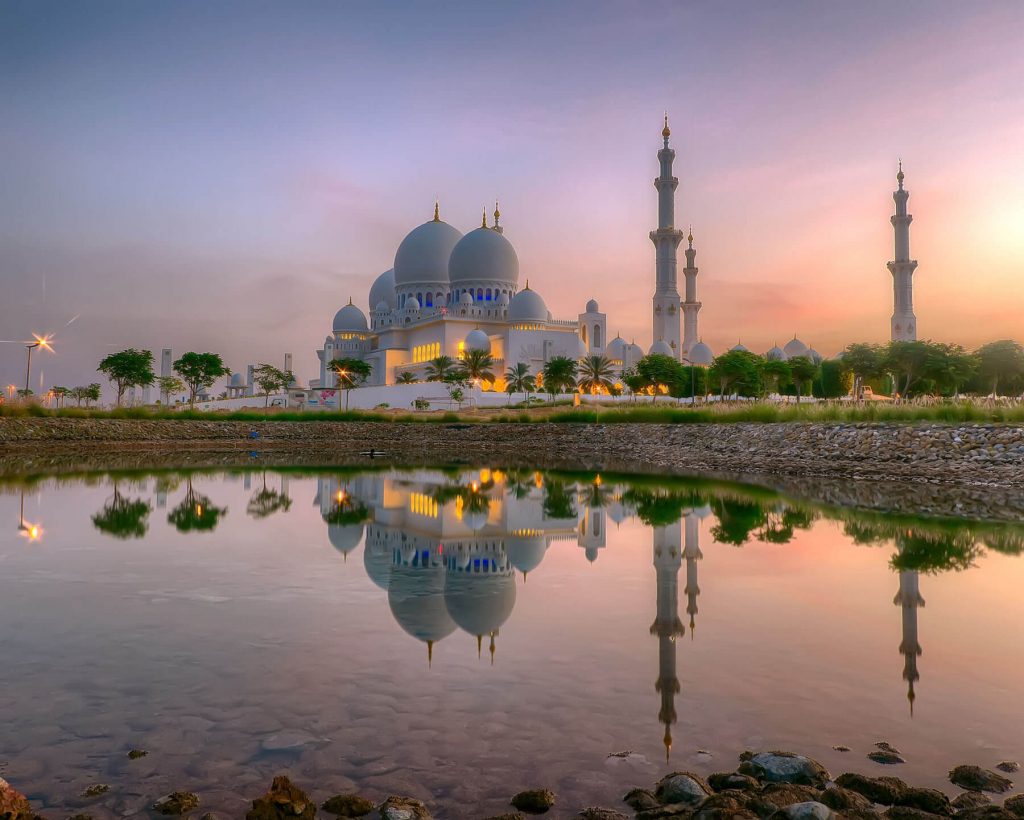
| Travel guide for UAE
・Explore the awe-inspiringly huge buildings in Abu Dhabi and Dubai ・Enjoy shopping in local souks (markets) and the biggest mall in the world ・Experience traditional Arabic culture and music |
“Arab” means “people of the sands” or “nomads.” As this indicates, the majority of the UAE is a desert. In the distant past, the primary industries were farming and pearl harvesting, but the nation’s economy took off once it began producing oil in the 1950s.
While the UAE is well known for how fast its cities have developed, traditional Arabic culture is still carefully passed down throughout the country. Join us today as we explore these diverse sides of the UAE while enjoying local music.
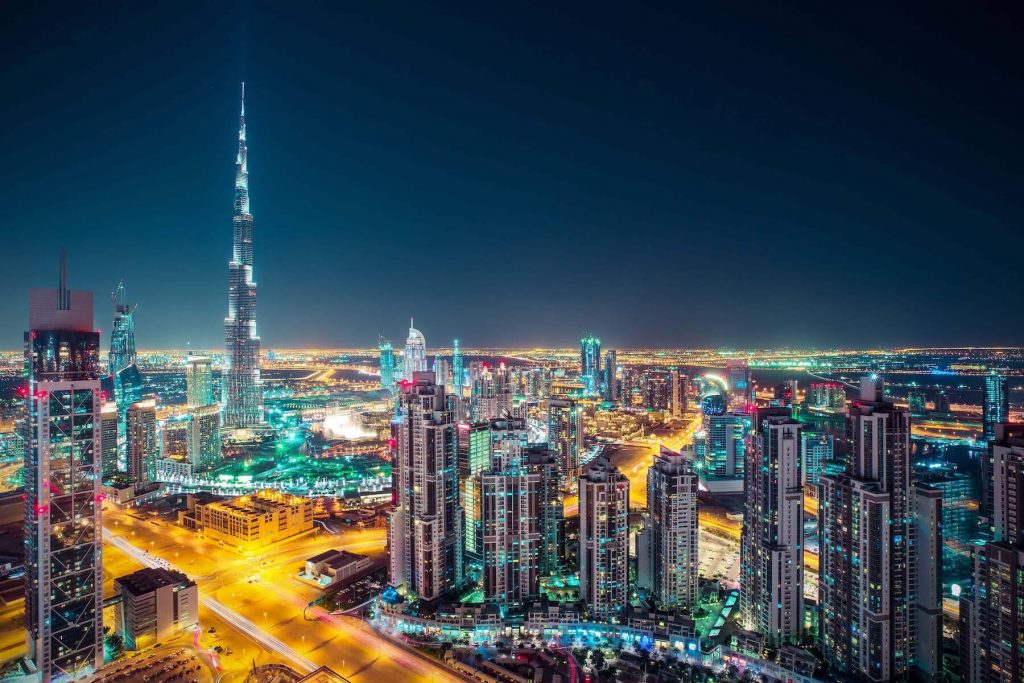
A federation of multiple nations
The UAE is a federation of seven emirates:
| Emirate | Major traits |
| Abu Dhabi | The capital of UAE, comprising 80% of the total land area |
| Dubai | An international tourist city home to many world records |
| Sharja | This emirate observes the strictest adherence to Islam among the federation |
| Ras Al Khaimah | A lush area featuring both prairies and mountainous regions |
| Fujairah | A port city that has prospered since ancient times – the oldest mosque in the country and a stone fortress still remain here |
| Ajman | The smallest emirate in terms of land area, known for its beautiful beaches along the Persian Gulf |
| Umm Al Quwain | This emirate retains an Arabic atmosphere of old, and is known for its waterpark and national museum |
The UAE has a population of about 9.96 million people, but about 90% of them are foreign nationals! The fraction of working-age men is especially high, indicating that many people immigrate here for work.
Part of the reason includes revised laws and the promotion of policies aimed at highly skilled workers. By establishing common ground among different cultures and technologies, the UAE has created a breeding ground for global innovation.
Education is also a top priority in the UAE. Here, any citizen who attends elementary, middle and high school will receive their entire education for free, from kindergarten through to university.
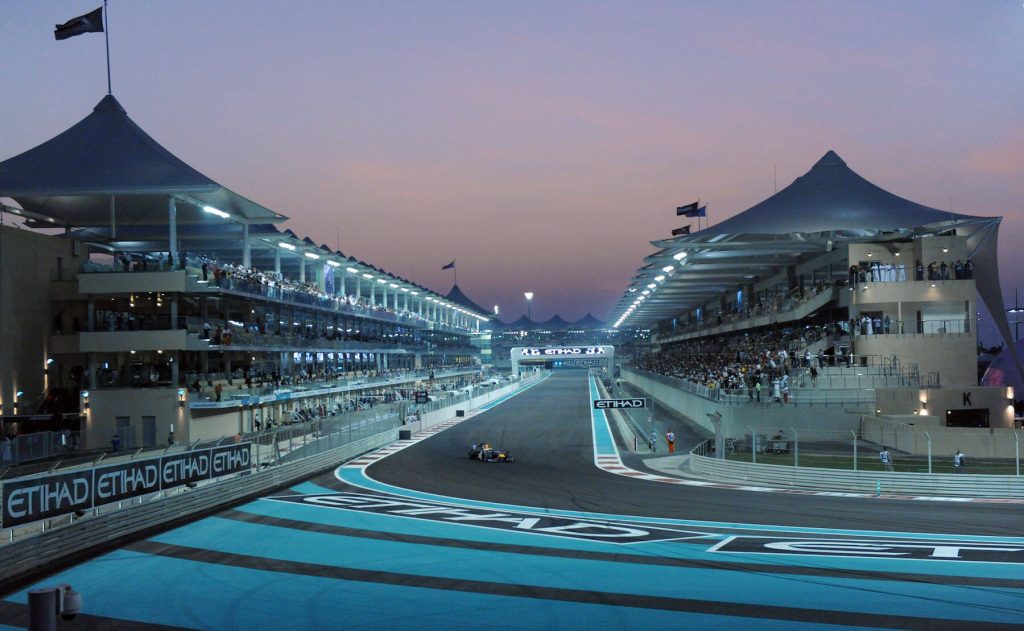

Abu Dhabi, the capital, and Dubai, the center of commerce
The capital of Abu Dhabi is a major producer of crude oil and also serves as the political leader of the entire federation. There are many incredible places to see here, including the Sheikh Zayed Grand Mosque, which boasts the world’s largest chandelier and many other ornate decorations, and the Louvre Abu Dhabi, the first international branch of France’s Louvre Museum.
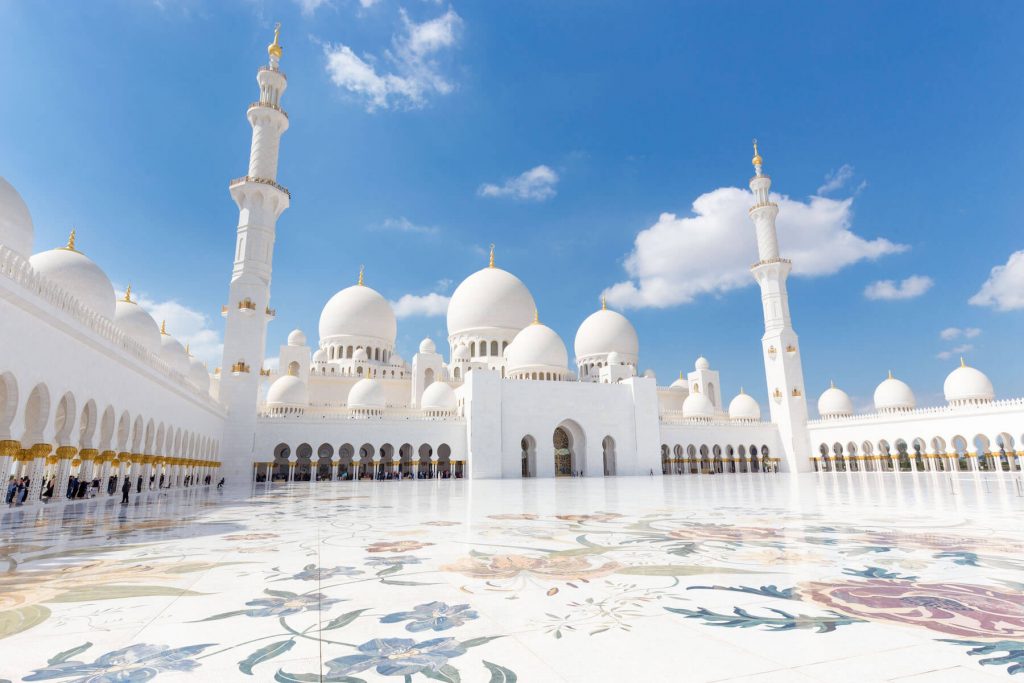
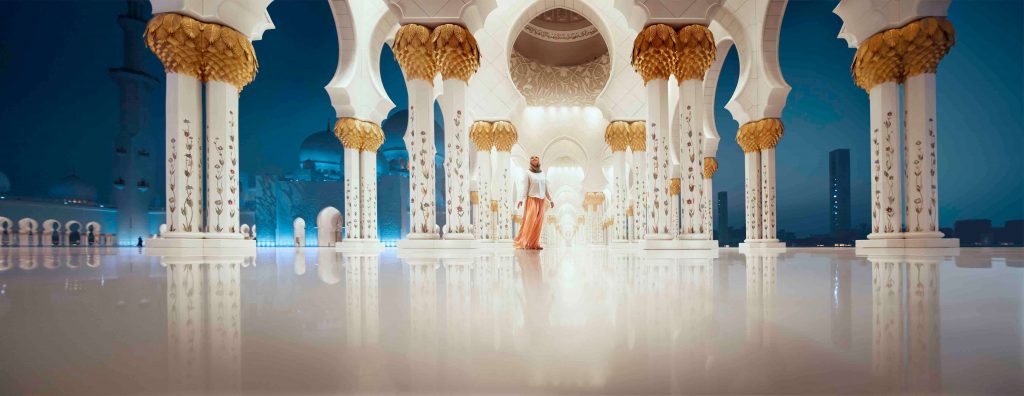
The Sheikh Zayed Grand Mosque
Dubai, the federation’s largest city, became a hub of trade in the 1980s. Since the 2000s, many large-scale architectural projects have developed the city into a major tourist destination, including Burj Khalifa, the tallest building in the world, and the Dubai mall, the world’s largest shopping center.

Burj Khalifa (left) and Palm Jumeirah (right)
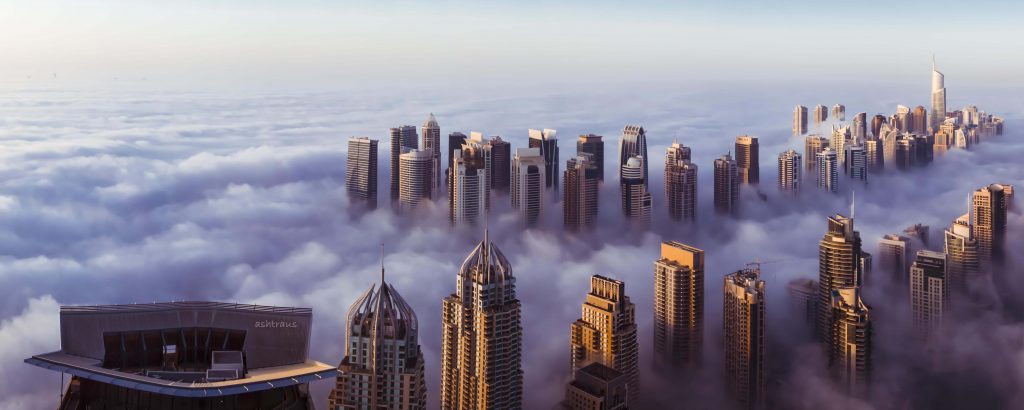
Skyscrapers in Dubai
Traditional culture and local ways of life
On today’s journey, we’d like to showcase three aspects of traditional UAE culture.

Arabic coffee
Arabic coffee is made with light-roasted coffee beans and a variety of other spices. It’s a symbol of Arabic hospitality. This coffee is poured from an elegant coffee pot called a dallah into small cups without handles called Finjan, and usually enjoyed alongside snacks like dates, dried or candied fruit, and nuts.
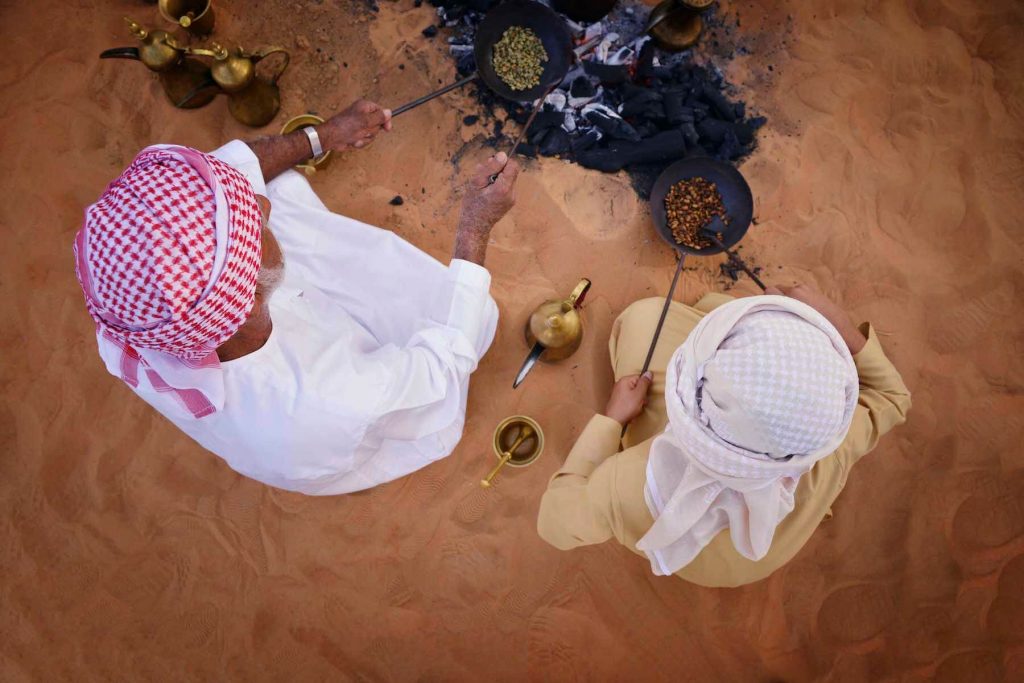
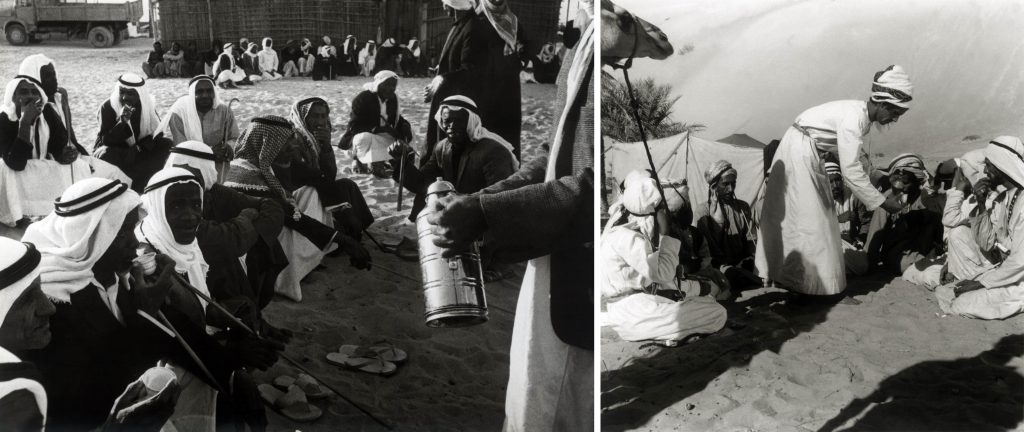
Souk markets
Souk means “market,” and locals depend on them for daily life in UAE – even in skyscraper-filled Dubai. The three major souks here are the Old Souk, Spice Souk and Gold Souk. They stock everything from food and daily necessities to accessories, small items and souvenirs for tourists, making them the perfect place to shop.
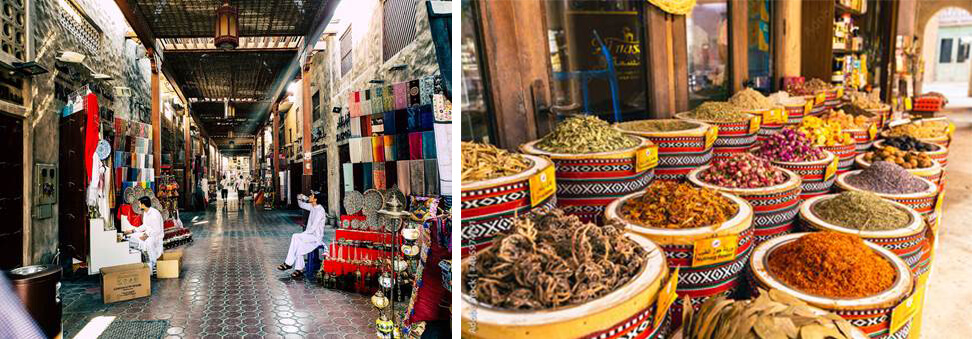
Hag Al Laila
This event is a treasured part of UAE culture and is held each year on the night of the 14th day of Sha’ban (the Islamic equivalent of August). During Hag Al Laila, children dressed in traditional clothing go door to door through their neighborhood collecting treats. The event is seen as a valuable opportunity to foster a spirit of kindness and solidarity.
A rich culture of poetry and music
Arabic poetry has roots in nomadic culture, and it is prized for its stories that involve welcoming guests and showing hospitality to travelers in the desert. There are two styles of Arabic poetry: a straightforward, colloquial style called nabati and al-daghluta, where two characters take turns speaking.
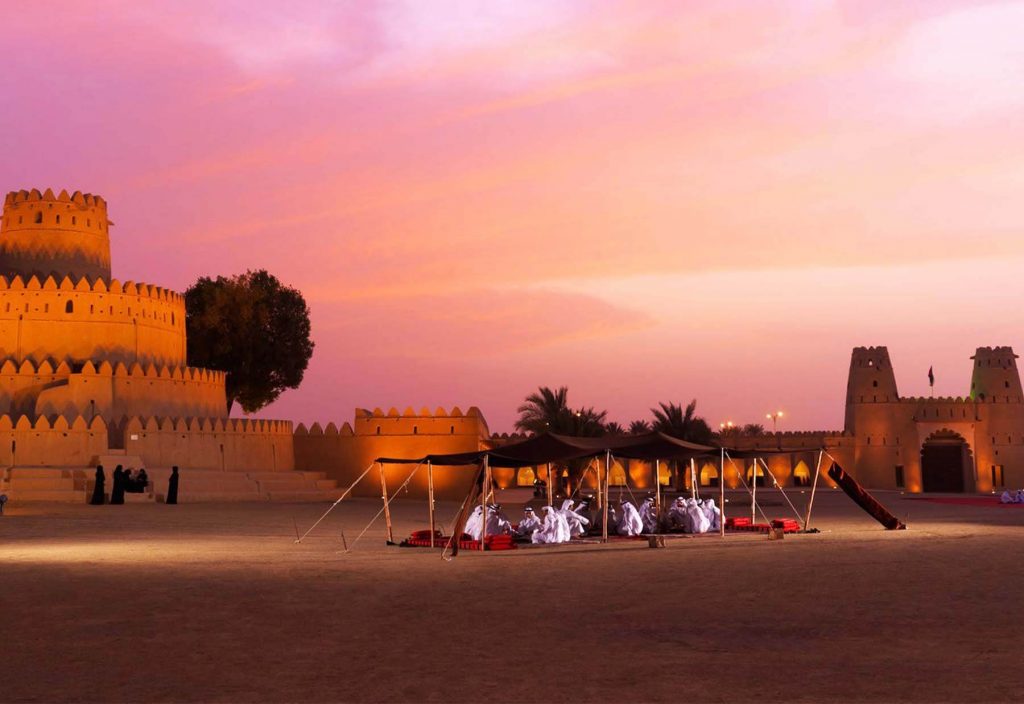
The music of the UAE is diverse, just like its culture and way of life. Modern musical genres are quite popular here, while traditional music is also still cherished. The Ministry of Culture and Youth’s UAE National Band is an ensemble composed of singers and musicians who play traditional instruments and share UAE folk music with the world.
Please enjoy seeing them perform using their unique instruments as part of today’s MMJ to the UAE.
Musicians recommended by the Embassy of the United Arab Emirates in Japan
In closing, we would like to introduce musicians recommended by the Embassy of the United Arab Emirates in Japan.
1. My Memories (Zikrayati) -Mohamed El Qasabgi (Composer)
2. The Eternal River (Al Nahr Al Khalid) -Mohamed Abdel Wahhab (Composer), Dubai Music Ensemble
3. Music performance by Abdulaziz Al Madani, director of the Emirates Music Band, on a TV program
What did you think of your music journey to the UAE? There are still many more places to go! Please look forward to our next destination.
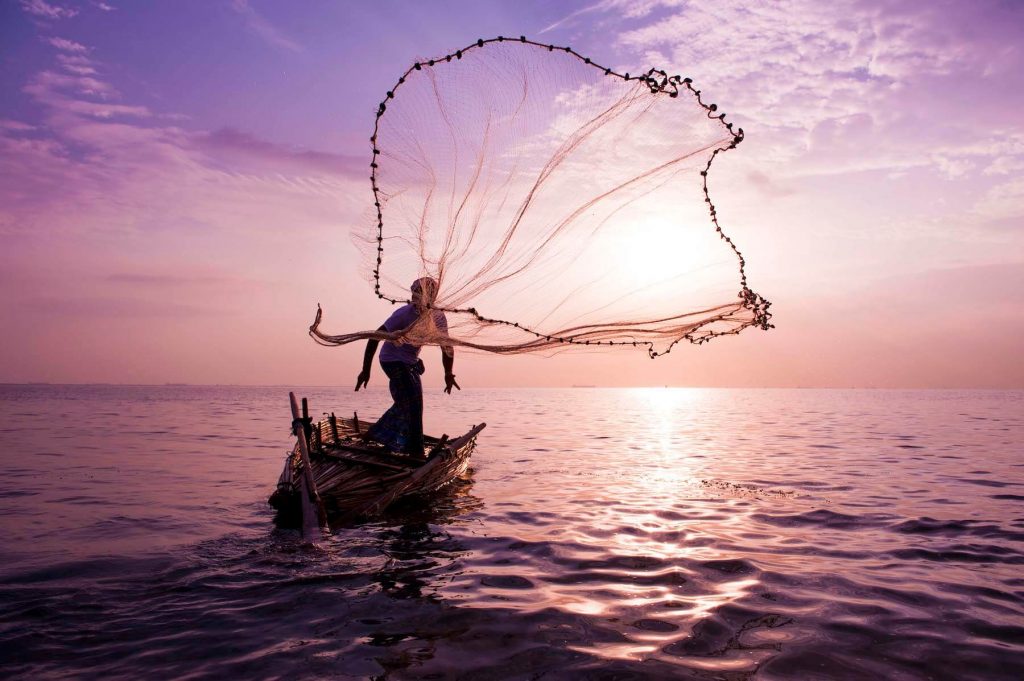
(Produced in collaboration with the Embassy of the United Arab Emirates in Japan, who also provided photos.)
Min-On Concert Association
-Music Binds Our Hearts-


